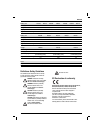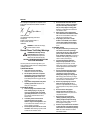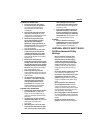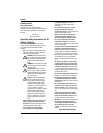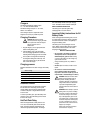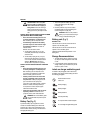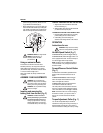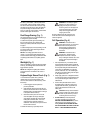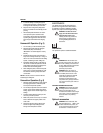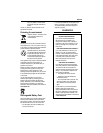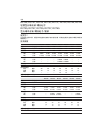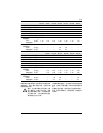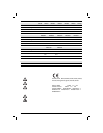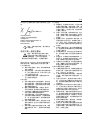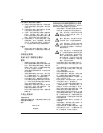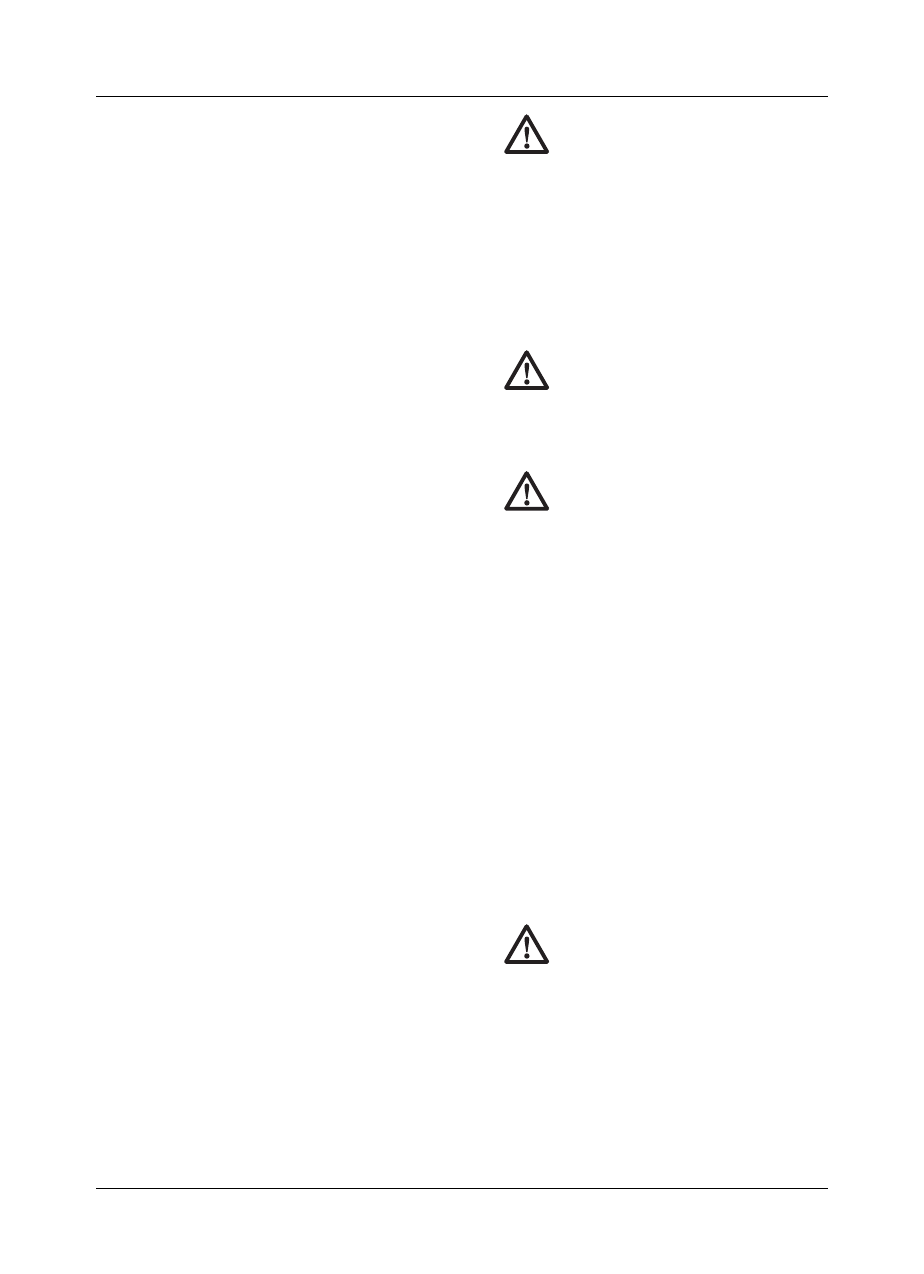
ENGLISH
14
the collar (c) are numbers, a drill bit symbol, and in
some models, a hammer symbol. These numbers
are used to set the clutch to deliver a torque range.
The higher the number on the collar, the higher the
torque and the larger the fastener which can be
driven. To select any of the numbers, rotate until the
desired number aligns with the arrow.
Dual Range Gearing (fi g. 1)
The dual range feature of your driver/drill allows you
to shift gears for greater versatility.
To select the low speed, high torque setting, turn
the tool off and permit to stop. Slide the gear
selector (d) forward (towards the chuck) as shown
in Figure 1.
To select the high speed, low torque setting, turn the
tool off and permit to stop. Slide the gear selector
back (away from chuck).
NOTE: Do not change gears when the tool is
running. If you are having trouble changing gears,
make sure that the dual range gear selector is either
completely pushed forward or completely pushed
back.
Worklight (fi g. 1)
There is a worklight (e) located just above the trigger
switch (a). The worklight will be activated when the
trigger switch is squeezed.
NOTE: The worklight is for lighting the immediate
work surface and is not intended to be used as a
flashlight.
Keyless Single Sleeve Chuck (fi g. 1)
Your tool features a keyless chuck (f) with one
rotating sleeve for one-handed operation of the
chuck. To insert a drill bit or other accessory, follow
these steps.
1. Lock the trigger in the OFF position as
previously described.
2. Grasp the black sleeve of the chuck with one
hand and use the other hand to secure the tool.
Rotate the sleeve counterclockwise far enough
to accept the desired accessory.
3. Insert the accessory about 19 mm into the
chuck and tighten securely by rotating the
chuck sleeve clockwise with one hand while
holding the tool with the other. Your tool is
equipped with an automatic spindle lock
mechanism. This allows you to open and close
the chuck with one hand.
To release the accessory, repeat step 2 above.
WARNING: Do not attempt to tighten
drill bits (or any other accessory) by
gripping the front part of the chuck
and turning the tool on. Damage to the
chuck and personal injury may result.
Always lock off trigger switch when
changing acces sories.
Be sure to tighten chuck with one hand on the
chuck sleeve and one hand holding the tool for
maximum tightness.
Drill Operation (fi g. 4)
WARNING: To reduce the risk of
serious personal injury, turn tool off and
disconnect tool from power source
before making any adjustments or
removing/installing attachments or
accessories.
WARNING: To reduce the risk of
personal injury, ALWAYS ensure
workpiece is anchored or clamped
firmly. If drilling thin material, use a wood
“back-up” block to prevent damage to
the material.
1. Use sharp drill bits only. For WOOD, use the
low speed setting and twist drill bits, spade bits,
power auger bits, or hole saws. For METAL, use
the low speed setting and steel twist drill bits
or hole saws. For MASONRY, such as brick,
cement, cinder block, etc., use carbide-tipped
bits rated for percussion drilling. Use low speed
for bits greater than 10 mm.
2. Always apply pressure in a straight line with the
bit. Use enough pressure to keep drill biting, but
do not push hard enough to stall the motor or
deflect the bit.
3. Hold tool firmly with both hands to control
the twisting action of the drill. If model is not
equipped with side handle, grip drill with one
hand on the handle and one hand on the
battery pack.
CAUTION: Drill may stall if overloaded
causing a sudden twist. Always expect
the stall. Grip the drill firmly to control
the twisting action and avoid injury.
4. IF DRILL STALLS, it is usually because
it is being overloaded or improperly used.
RELEASE TRIGGER IMMEDIATELY, remove
drill bit from work, and determine cause of
stalling. DO NOT CLICK TRIGGER ON AND
OFF IN AN ATTEMPT TO START A STALLED
DRILL — THIS CAN DAMAGE THE DRILL.



